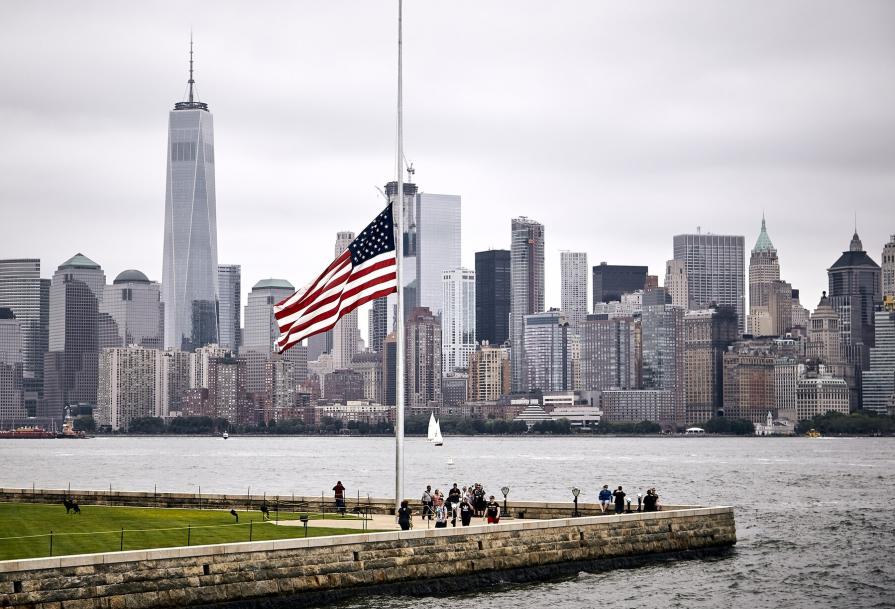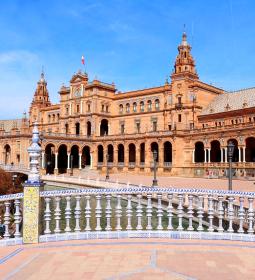Fort Worth, Texas
Texas itself is associated with cowboys and adventures of the Wild West, and Fort Worth is no exception, because it is considered the cultural center of the state. This status is confirmed by numerous local attractions, including a zoo, theaters, ballet halls, gardens.
Of the additional advantages of the city: prices in the city are 14% lower than in other locations in the United States, and the unemployment rate is only 8%.
Des Moines, Iowa
This city is also considered a cultural place in its state and continues to develop in this direction. Local prices are 12% lower than in other states and cities in America – for example, housing here costs an average of $150,000, and unemployed residents make up only 7% of the total (the latter figure, by the way, is three percent lower than in the rest of the country). There are about 60 business centers in Des Moines, which belong to large industries.

Indianapolis (Indiana)
The state capital offers living prices almost 18% lower than in other locations in America. Unemployment rate here is almost 9%, and the cost of housing averages $120,000 .
Minneapolis, Minnesota
Minneapolis will appeal to those who are especially concerned about their safety, because the city is known for its low crime rate. There is also an active cultural life here, as there are many establishments in Minneapolis with an emphasis on art. Prices in the city are above the national average, but the unemployment rate is only 7%.
Buffalo, New York
Buffalo used to be considered a city of trees and an industrial center, but today it is gradually gaining the status of a tourist center, as it is actively developing its health care and raising the educational level. Of the additional tourist magnets in the city: Niagara Falls, two dozen parks, routes and locations for outdoor activities. By the way, Buffalo is one of the top cleanest locations in America! Local prices are 14% lower than the national average, and the unemployment rate is 8%.

Austin, Texas
Most often, the city attracts foreign students who want to get a quality education at affordable prices. There are more than ten universities in Austin, and the most popular and developed educational and other areas are: the IT sector, environmental protection, and the arts.
Prices for living in the city vary, but are generally less by 2% than the rest of the country.
Madison, Wisconsin
Cool winters do not scare foreigners who come to Madison, because even in sub-zero temperatures, it is comfortable and cozy. For cultural leisure, the city has a zoo with a free pass system and theaters, and lovers of outdoor activities can look into one of the sports complexes.
Omaha, Nebraska
Stability, space for business opportunities, career development options - all this perfectly describes the city in Nebraska. About 500 international and local large businesses operate in Omaha, so unemployment in the city is only 4%, although the national average is about 10%.
Denver and Aurora, Colorado

This couple — the city and the suburbs — is perfect for those expats who love a rich cultural life combined with natural views. Denver and Aurora have many exhibition halls, museums, theaters that will appeal to both aspiring art lovers and seasoned experts, and the beautiful mountain range surrounding the city will delight the eye on a daily basis. In addition to cultural and natural attractions, there are also sports stars in the city: local football, hockey, baseball and basketball teams that play both in the city and at the national level. The unemployment rate in the city is about 7%.
Pittsburgh, Pennsylvania
The city perfectly combines the hustle and bustle of a metropolis and the comfort of a provincial location: natural emergencies rarely occur here, there is a low crime rate, but feelings of safety and comfort prevail. The local unemployment rate is about 8%, and housing prices are 12% lower than the national average. For example, a house can cost around $116,000 .
Mini-memo for immigrants
It doesn't matter which state of America or which country you like to move to – consider factors such as the following before making a final choice:
- The level and quality of life,
- The average cost of food and housing,
- The level of security,
- Development of infrastructure,
- Access to medical care and education,
- Employment rate,
- Climate.













